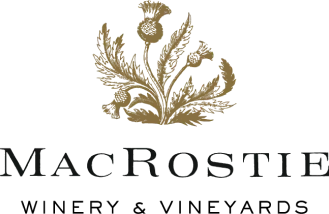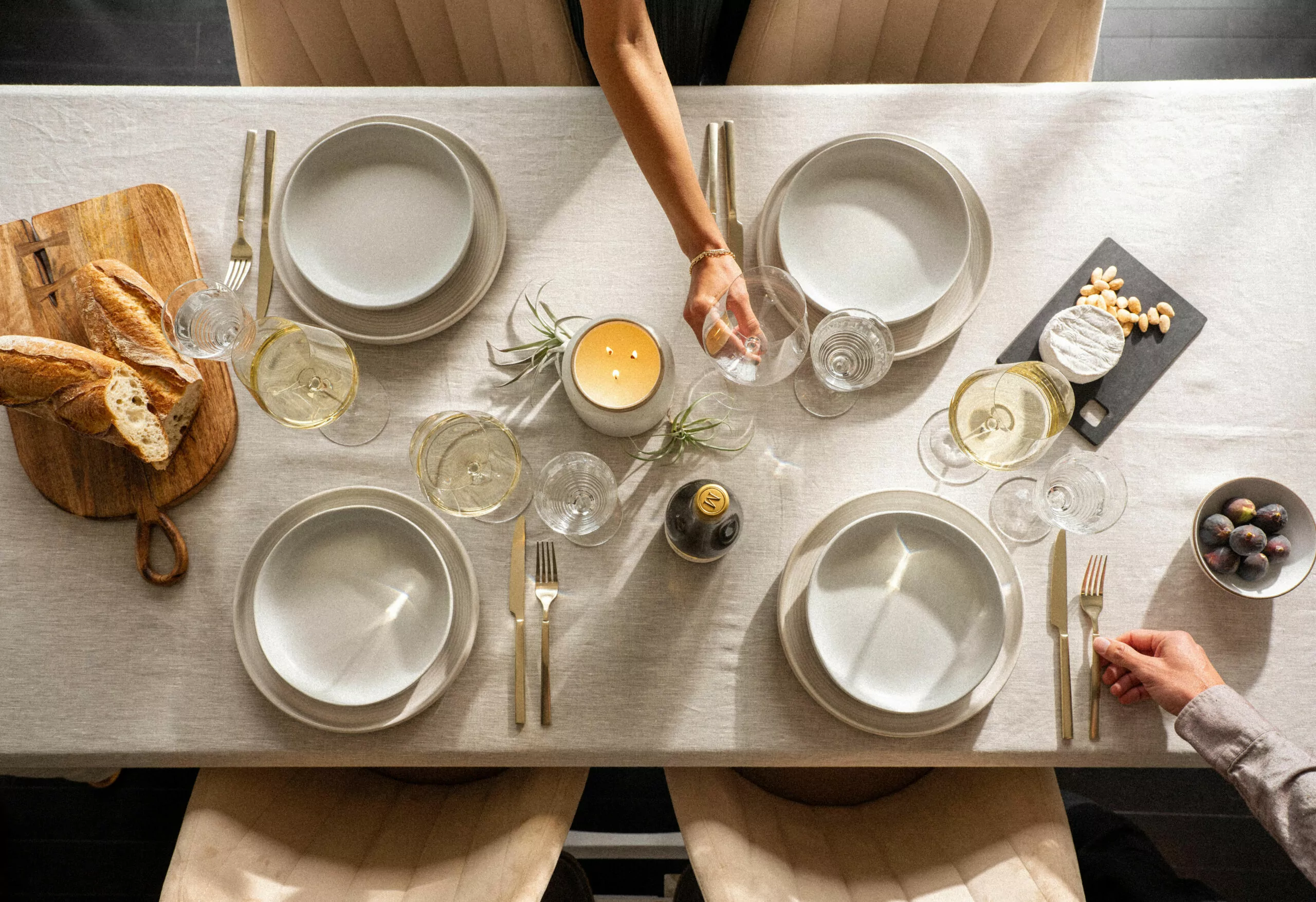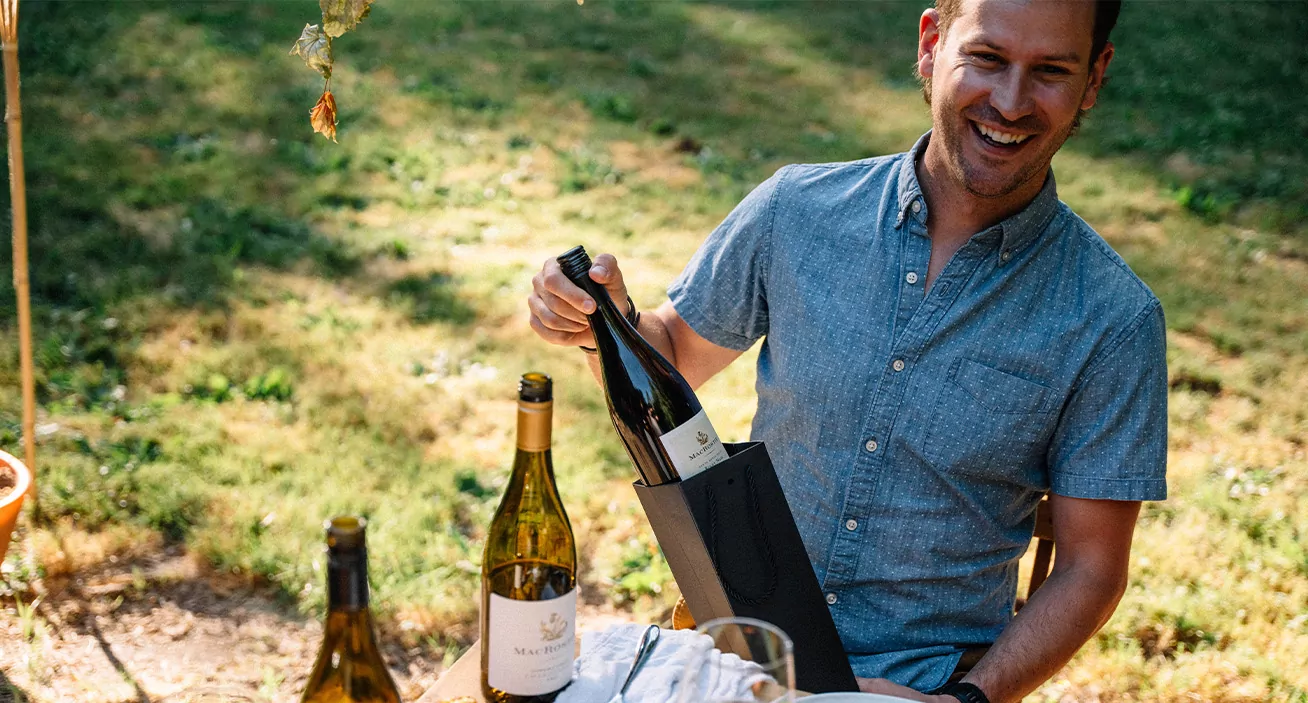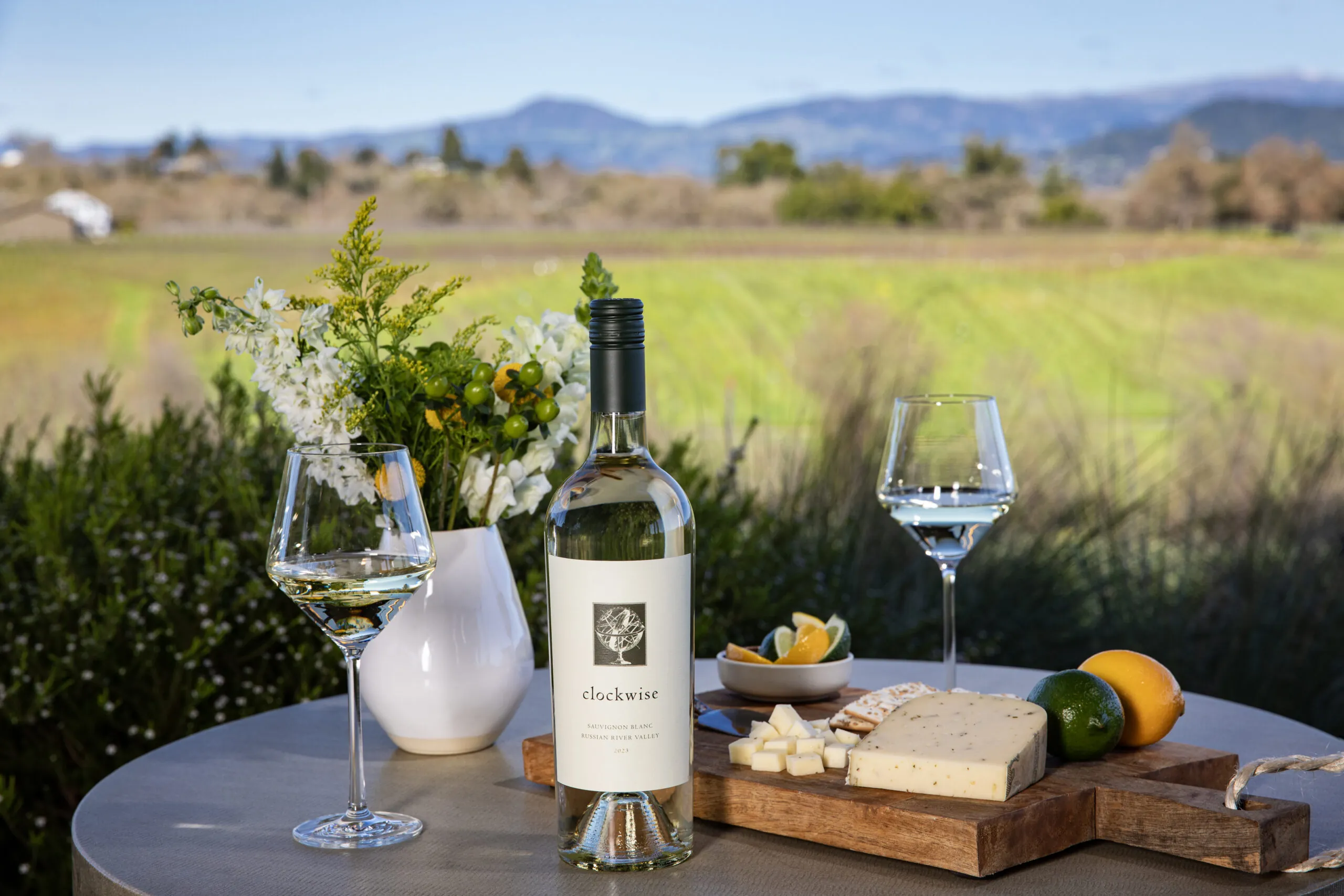Like collecting books, art, or any objects that stir the senses with thoughts both soulful and cerebral, collecting wine and curating a wine cellar is a personal journey driven by passion and filled with exciting discoveries. Just like a fingerprint, every palate is unique, and a great wine collection reflects the personality and preferences of the collector. Even so, building a wine collection from scratch can feel daunting. With this in mind, we’re here to offer some helpful wine cellar tips on how to start a wine collection and how to age wine, with some recommendations on the most highly collectible MacRostie wines for aging.
Storing and Aging Wine
There are few things that can compare to the elegance of a well-aged wine. Opening a prized bottle on a special occasion is one of life’s sublime pleasures. Wine is alive. As a living organism, wine’s natural habitat is in a cool, dark and calm place, with temperature being key to guaranteeing longevity. Temperature sets the pace at which wine ages. Too cool, and the process will slow to a crawl. Too hot, and you risk cooking a wine. A temperature near 55º F ensures slow and steady aging, giving complex wines time to integrate and evolve. Lighting is also important. Sunlight and fluorescents can react with wine in unpleasant ways, so a lightless place is ideal for storage. In terms of humidity, while too much is preferable to too little, the ideal is approximately 65 to 70%.
Tip: While wine is generally capable of shrugging off minor fluctuations in temperature, or even gradual seasonal changes of up to 10 degrees, rapid heat spikes of more than five to 10 degrees should be avoided.
Collect What You Love
Whether it’s the lush, alluring beauty of a Russian River Valley Pinot Noir or the dazzling energy and elegance of a cool-climate Sonoma Coast Chardonnay, the secret to a great wine cellar is to collect what you love. While your collection may grow in size and scope over time, its foundation should be the kind of age-worthy wines you dream of sharing with family and friends during life’s great moments. With this in mind, it’s important to consider which wines have what it takes to age.
In terms of aging potential, all wines are not created equal. Nor is wine ageability an exact science. However, most experts agree that there are three factors that tend to result in more age-worthy wines: acidity, tannin and alcohol level. Because wines lose acid as they age, wines with higher acid tend to have a longer lifespan. For red wines, beginning with higher tannins (both from the grapes and oak barrels) is important because tannins act as antioxidants and help preserve freshness, and like acidity, soften and smooth out over time. Finally, while there are certainly exceptions, because of the relationship between tannin, acid and alcohol, generally speaking the lower the alcohol level in a still wine the longer it will last.
Tip: For wines under cork, lay them on their sides so that the wine inside keep the corks moist. For wines under screwcap, like ours, stand the bottles up so that the wine does not touch the bottom of the cap.
What Makes Aged Wines Special?
Like interesting people, great wines evolve over time. Think of yourself at 15, 35 and 55 as you went from the exuberance of youth to the confidence of adulthood to having the character and experience of a well-lived life. Wine can follow a similar trajectory, including having some awkward (called “dumb” in wine speak) phases along the way. In general, when a high-quality Chardonnay ages, it transforms. As the freshness and fruit-forward character recede, the color of the wine can change to a deeper, more golden hue, with richer, mellower tones emerging, as well as more aromas and flavors of honey, caramel and even sherry.
For age-worthy Pinot Noirs, primary red and blue fruit flavors can change to denser plum and earth characteristics. A well-cellared Pinot will often develop more overall concentration and richness, as well as secondary notes of spice and toast from barrel aging. While too much oak can be overwhelming in a young wine, in older wines it can meld seamlessly, adding weight and gravitas.
MacRostie Cellar Essentials
The finest single-vineyard wines are fascinating studies in time and place and are perfect for collecting. Finding a vineyard whose wines you love is a treat and it can be exciting to watch as these sites evolve in their expression of place over time. Having quickly emerged as one of the most acclaimed young vineyards in California, our Nightwing Estate in the Petaluma Gap AVA is already yielding thrilling wines with the promise of even greater things ahead. To showcase the character of Nightwing and its various blocks and clones, we produced two single-clone wines in 2022, the Nightwing Vineyard Swan Clone Pinot Noir and the Nightwing Calera Clone Pinot Noir. We also crafted multi-block and multi-clone expressions of the vineyard with our Nightwing Vineyard Chardonnay and Nightwing Pinot Noir.
While single-vineyard wines are like great musical soloists, a masterful blend is a like choir. Made with thoughtful artistry and an eye to long-term aging, our coveted The Loch Pinot Noir and The Key Chardonnay are our most collectible wines. Crafted from the best blocks and barrels of wine from the vineyards that excelled the most in the growing season, they are wines that will reward years of cellaring, which begs the question…
When to Open Your Wines?
When cellaring one of our single-vineyard Chardonnays, Winemaker Heidi Bridenhagen recommends opening a bottle within the first 5 years to gauge its evolution, with an overall drinking window of 8 to 10 years. Our vineyard-designate Pinot Noirs generally follow a similar timeline, with most having the potential to age 10 to 12+ years. For the truly patient, because they are often higher in acid and somewhat lower in alcohol, The Loch and The Key have the potential to reward cellaring for up to 15 years, with richness as well as complex floral and earth notes emerging over time.
A Final Tip: Too often, people wait too long to open best wines in their collection, deeming birthdays, anniversaries, and visits from old friends as somehow “unworthy.” Sooner or later, all wines lose their beauty, which may be the universe’s way of punishing people who hold on too tightly to something created for the joy of sharing. When in doubt, open and enjoy!












